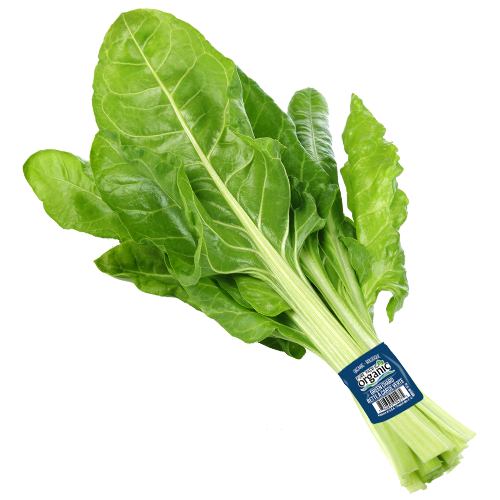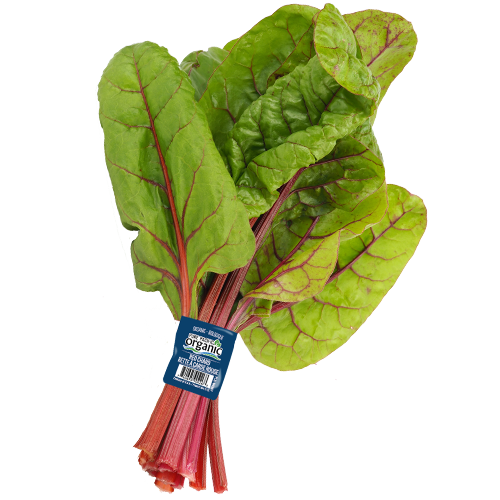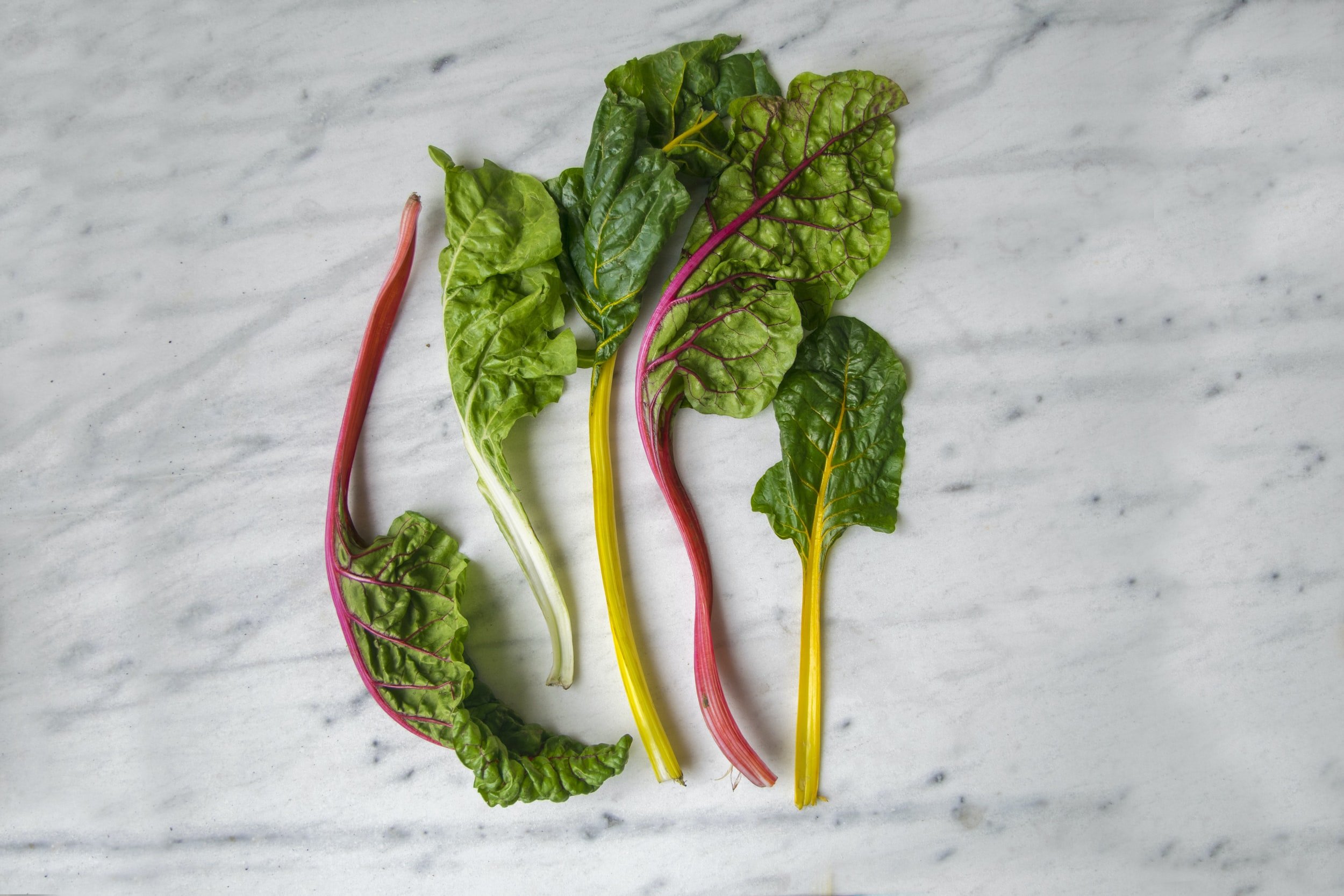CHARD
our organic chard
Chard, also known as Swiss chard, is in the same family as beets and spinach. It is recognized by its succulent wrinkled leaves and brightly colored stems that can be green, red, or rainbow. No matter the color of the stem, chard has similar nutrition and identical flavor. When eaten raw, it can be a bit bitter, but when cooked, it becomes more tender and pleasing. Because of its mild, slightly bitter taste, pair it with an acid and a bit of salt to balance the flavors. Chard is loaded with vitamins A, C, and K and is packed with minerals including magnesium, potassium, iron, sodium, and copper.
our growing program
We grow organic chard year-round providing a consistent supply of the best quality produce Mother Nature has to offer. Our packs include 12ct and 24ct of each variety: green, rainbow, and red.
ORGANIC SEASONALITY CHART
shopping
Choose chard with stems that are firm, crisp and unblemished. Make sure the leaves are tender and hydrated. Avoid bunches that are dried out or starting to turn brown.
storing
For best results, store the leaves and stems separately. Lay the leaves on a paper towel, roll them into a bundle, and seal them in a plastic bag. Stems can also be wrapped in plastic. If kept whole, wrap it in a paper towel and place it in a plastic bag.
preparing
Rinse well before use. The leaves and stems have different cooking rates, so it is best to separate them before cooking. To remove the leaf from the stem, fold it in half and cut along the rib. Chard leaves can be served raw or cooked.






